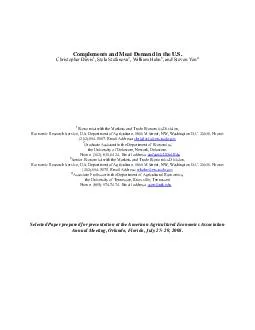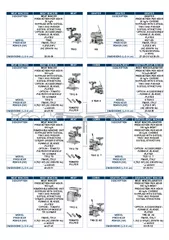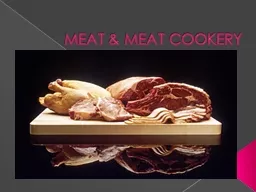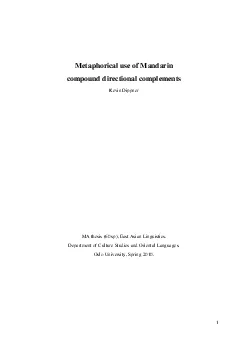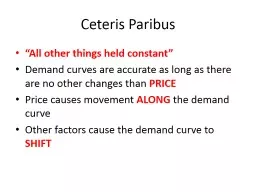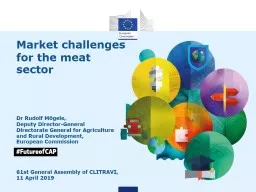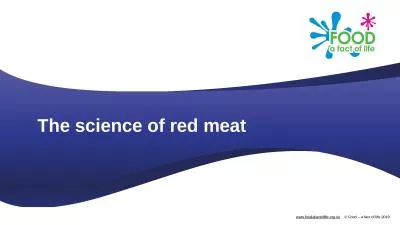PDF-Complements and Meat Demand in the U
Author : tatyana-admore | Published Date : 2014-12-12
S Selected Paper prepared for presentation at th e American Agricultural Economics Association Annual Meeting Orlando Florida July 27 29 2008 brPage 2br Abstract
Presentation Embed Code
Download Presentation
Download Presentation The PPT/PDF document "Complements and Meat Demand in the U" is the property of its rightful owner. Permission is granted to download and print the materials on this website for personal, non-commercial use only, and to display it on your personal computer provided you do not modify the materials and that you retain all copyright notices contained in the materials. By downloading content from our website, you accept the terms of this agreement.
Complements and Meat Demand in the U: Transcript
Download Rules Of Document
"Complements and Meat Demand in the U"The content belongs to its owner. You may download and print it for personal use, without modification, and keep all copyright notices. By downloading, you agree to these terms.
Related Documents

